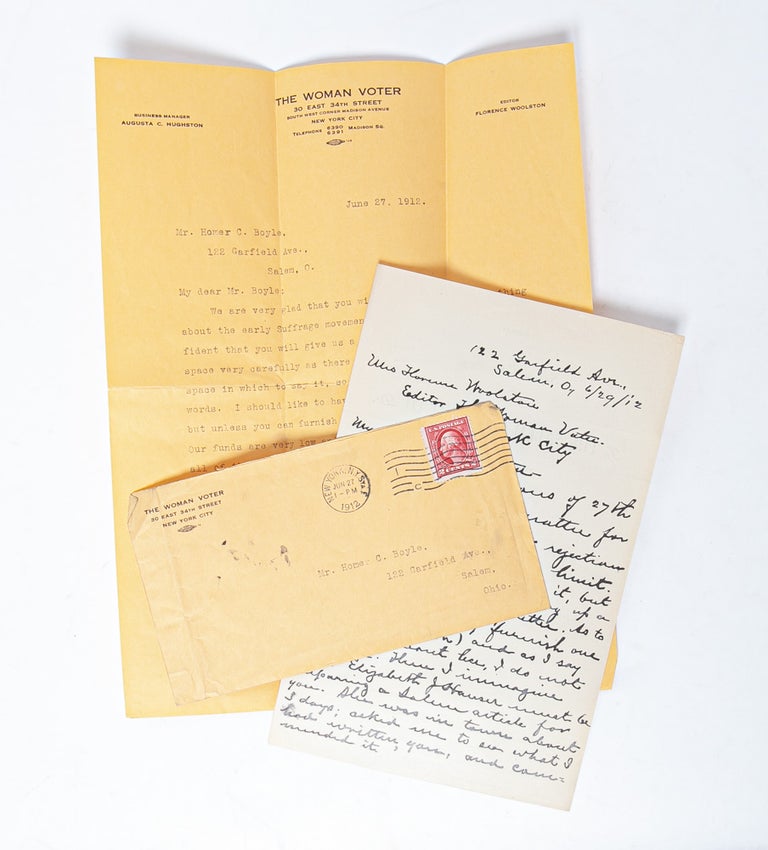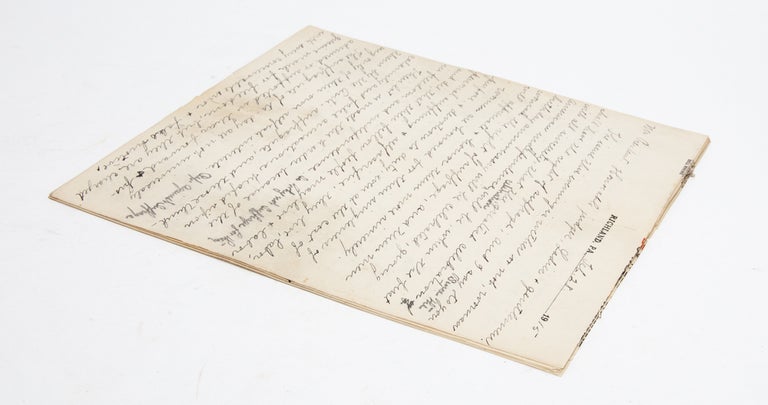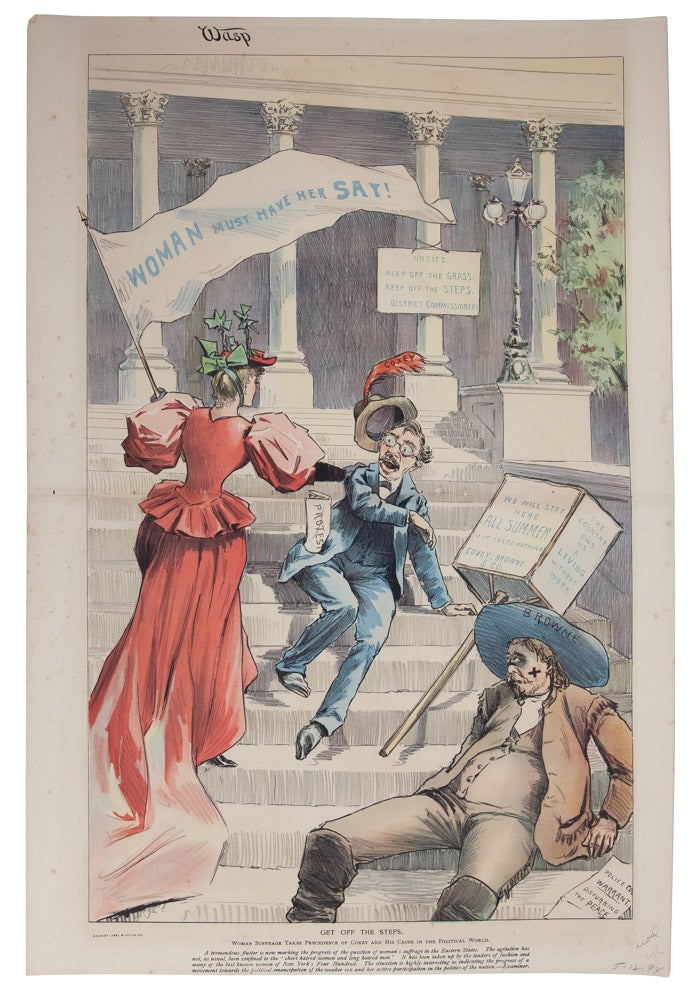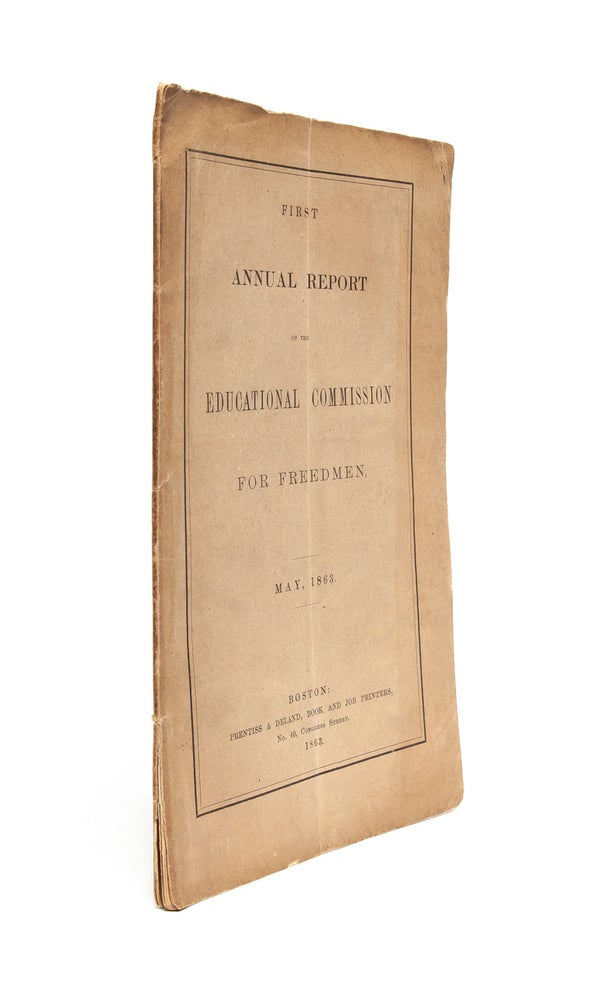A Memorial of Alice and Phoebe Cary. With Some of Their Later Poems
New York: Hurd & Houghton, 1873.
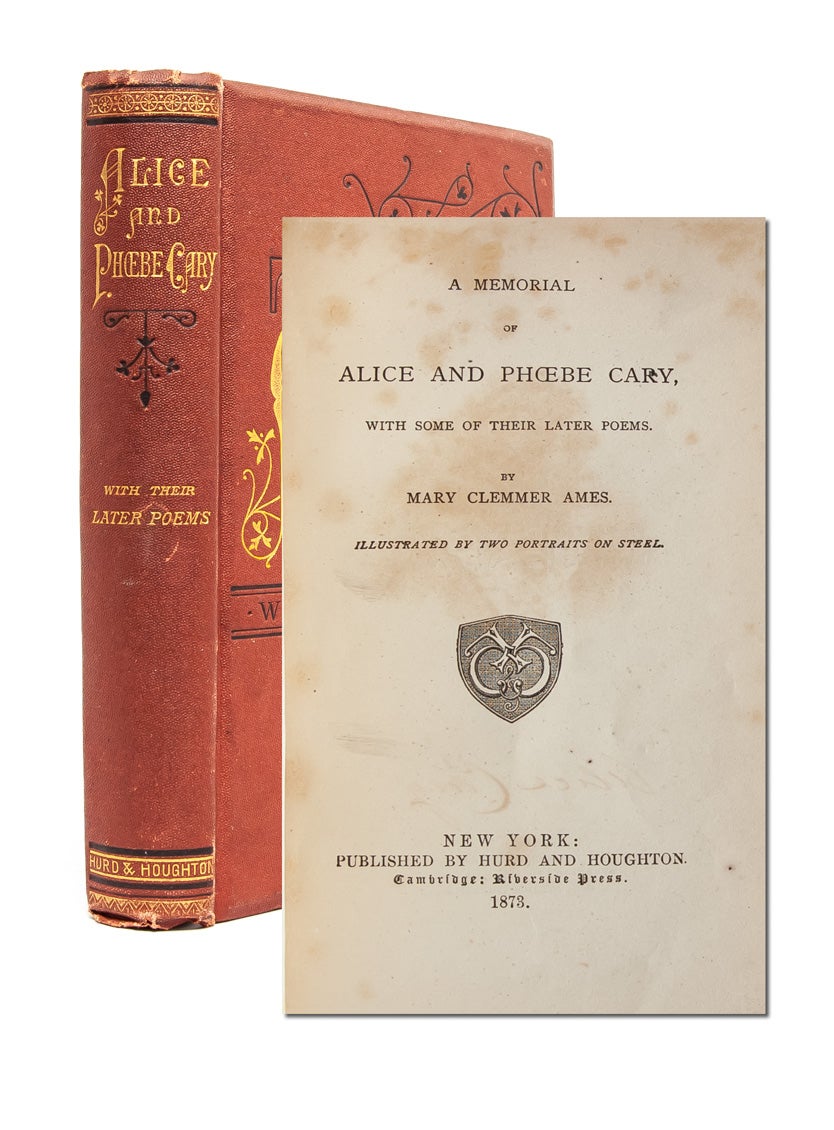

A Memorial of Alice and Phoebe Cary. With Some of Their Later Poems
New York: Hurd & Houghton, 1873. First edition. Original publisher's cloth binding embossed in gilt, black, and blind (BAL terra cotta P. cloth). Blue coated endpapers. Complete with frontis and inserted plate. A bit of shelfwear to corners. Bookplate of Bacon to front pastedown; small binder's ticket of Riverside Press to rear pastedown. Light scattered foxing to endpapers, else an internally clean and unmarked. A just about Fine copy of this activist biography. Setting aside digital copies, it is surprisingly scarce institutionally, with OCLC reporting only 6 hardcopies of the first edition.
Prolific poets who began publishing at a young age, the Cary sisters used their literature to promote the causes of abolition and women's rights. Alice, the first president of the first woman's club in America, was perhaps the most public in her activism; although Phoebe too was invested in these missions, serving as an assistant editor to Susan B. Anthony's suffrage newspaper The Revolution. Ohio-born, the sisters moved to New York in 1851, leaving behind the responsibilities of running their father's household and caring for their younger siblings. "Neither woman ever married, and they developed a symbiotic relationship. Alice was responsible for providing an income for the household" while Phoebe managed their home and assisted in running their Sunday salons, which were frequented by Horace Greeley and William Lloyd Garrison (ADNB). Critics have noted that the most interesting personae of the Cary sisters' poetry are the women. "A recurring figure is that of the unmarried but pregnant woman...Consistently they urge understanding, offering poverty as both an explanation and excuse that stands quietly on the woman's side. A second figure is the strong woman, who although she looks happily upon marriages retains her own identity" (Faust). Indeed, they depict a wide range of female experience; in Phoebe's poem A Woman's Conclusions, the female narrator looks back on an unmarried life without children, concluding "I am what I am, and my life for me is best."
Their lives closely entwined, so too were the sisters' deaths: they passed within months of each other, in 1871, leaving behind a devasted network of friends and family. The present biography was composed by Mary Clemmer Ames, a fellow writer who resided with the sisters in New York while estranged from her husband. One of the highest paid women journalists of the age, Ames applies her training here: "months were consumed in writing to, and waiting for replies from, long time friends of the sisters" and working through "the mass of Alice and Phoebe's unedited papers." The result is a comprehensive memorial of the women's life, attempting to ensconce the sisters within the American literary canon as well as celebrating their activist contributions.
BAL 2850. American Women Writers 99. Near Fine (Item #3858)

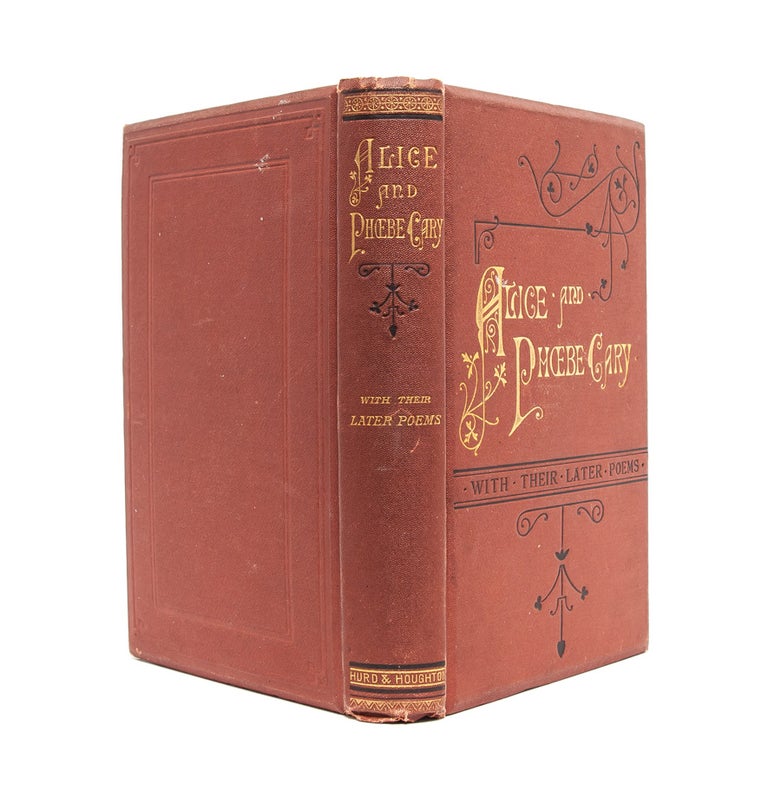
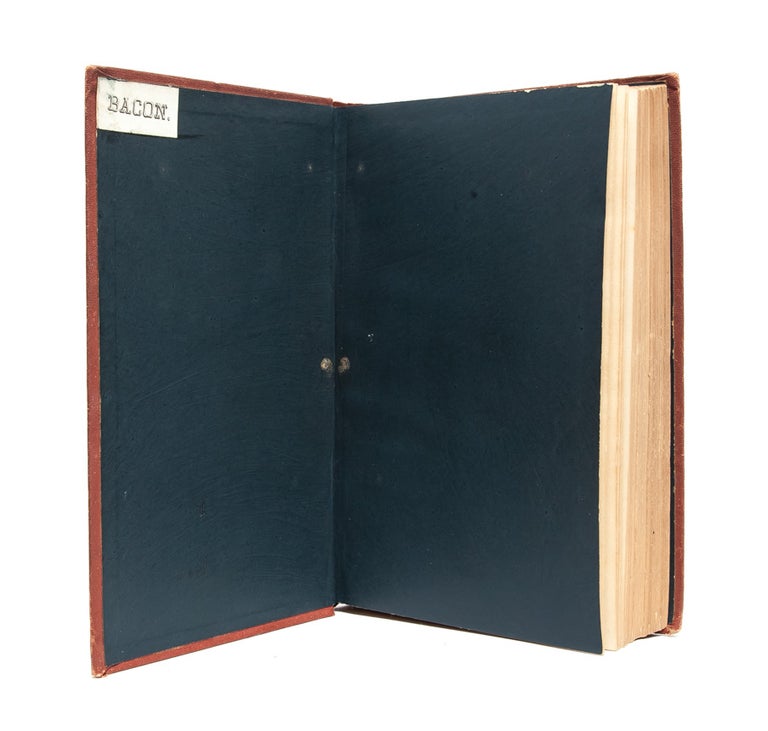
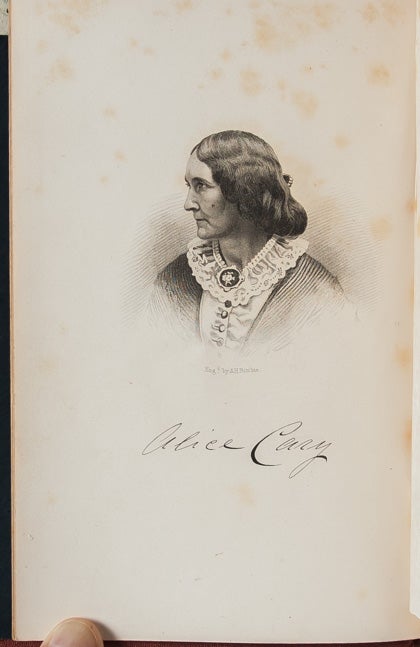
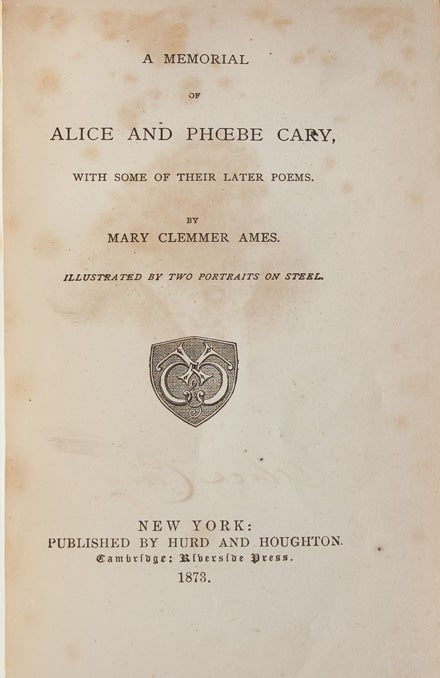
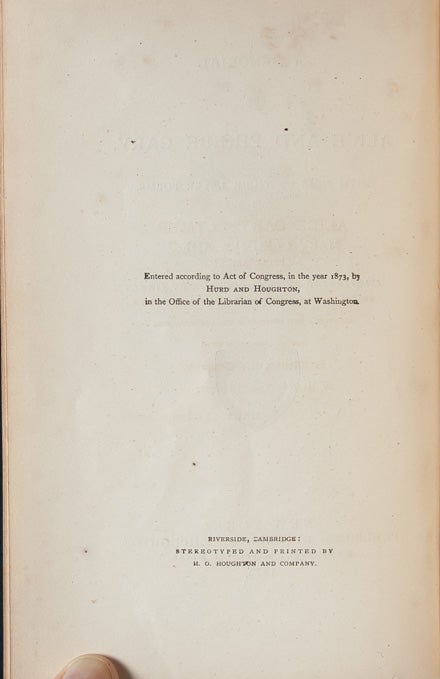
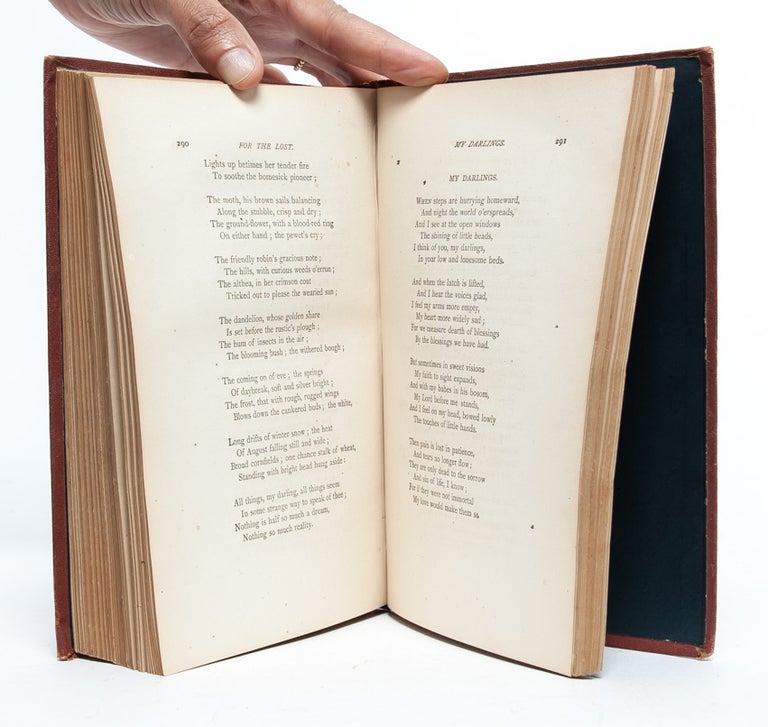
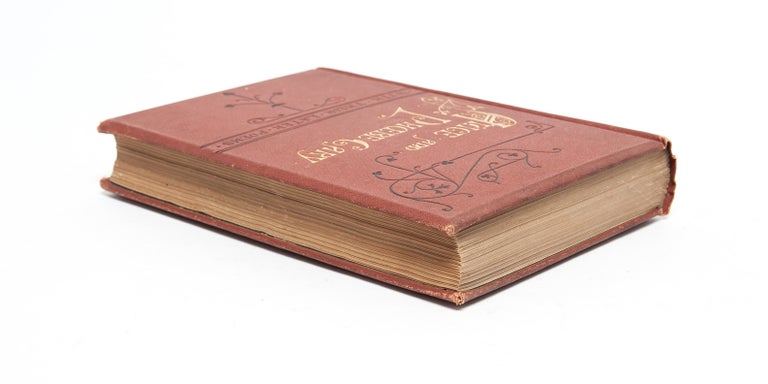
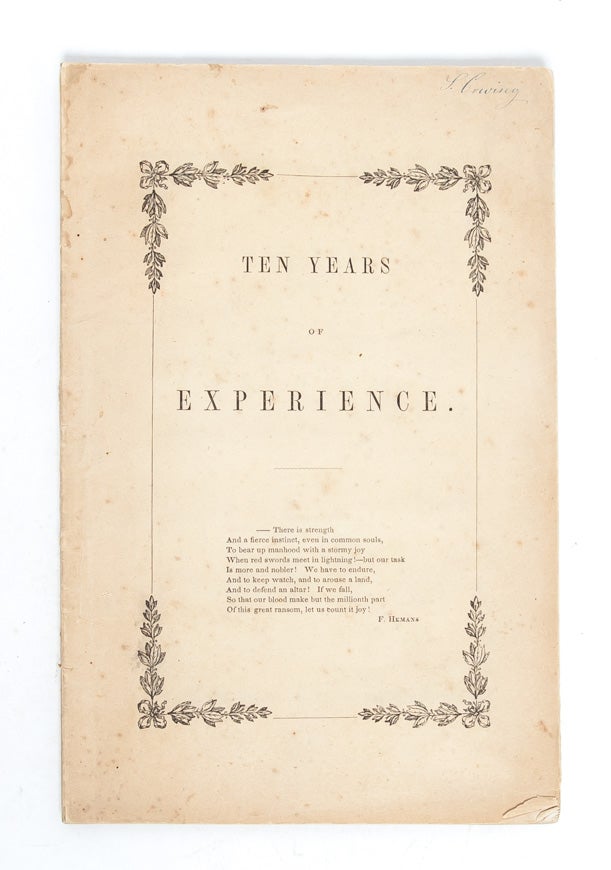
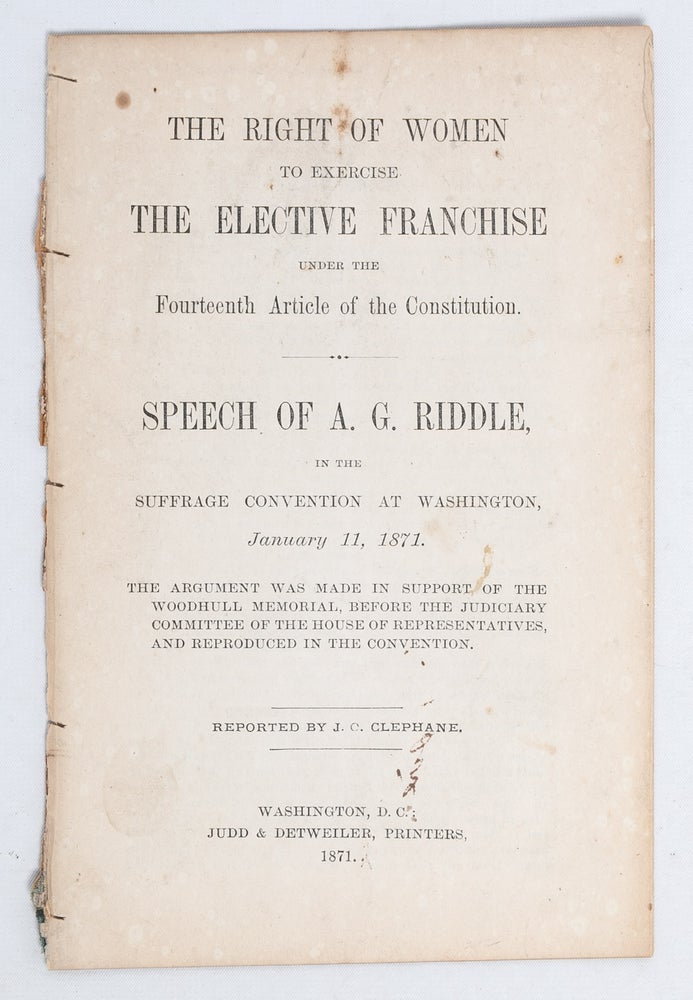
![Equal Rights for Women, A Speech by George William Curtis [with] New England Woman Suffrage. Women's Suffrage, American Woman Suffrage Association.](https://whitmorerarebooks.cdn.bibliopolis.com/pictures/3401.jpg?width=768&height=1000&fit=bounds&auto=webp&v=1591634834)
